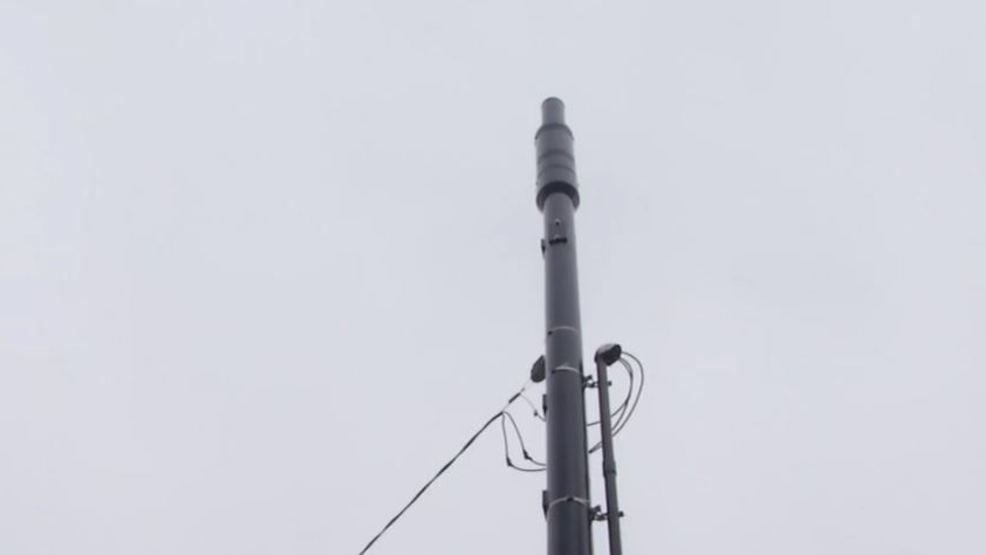If you've ever wandered through a town you might have noticed tiny 5G cell towers on the poles of street lights. They look like small boxes however, they're actually transmitting wireless signals from cell phone providers to your mobile.
safe distance from cell tower are replacing the larger, purpose-built cell towers. Although they're not as visible but they can still cause problems for people.
It is the FCC's Radiation Exposure Thresholds
The FCC's Radiation Exposure Thresholds define the safe distance that an individual can be exposed to electromagnetic energy generated by wireless devices. The limits for exposure are based on research which prove that electromagnetic energy could be harmful to human health.
The rate of absorption called the specific absorption rate (SAR) is an indication of the radiofrequency energy that is absorbed by tissue. what is a safe distance from a cell tower 's usually 1.6 Watts per kilogram averaged over one gram of tissue.
But, since 5g operates at higher frequencies this could be able to increase the intensity of energy on the skin as well as other body parts. This can result in many potential problems, including an increased development of skin diseases like dermatitis, skin cancer and cataracts.
Because of the potentially harmful effects of radiation from 5G, PSU has chosen to establish a general, localized power density limit of 4 mW/cm2 averaged over 1 cm2, and not to exceed 30 minutes for the entire 5G spectrum at 3000 GHz. This limit for localization is in line with the maximum spatial-average SAR of 1.6 W/kg, averaged over one g of tissue at 6 GHz.
The FCC's Maximum Exposure Thresholds
If you've ever used a mobile phone, then you've probably realized that the safest location from the tower is around 400 meters away. This is because the power of transmission from a cell tower increases dramatically the farther you are from it.
Although this may sound like a good idea but the truth is that people who live close to towers may actually be more prone to health problems. For example, a study from 2014 in India found that those who lived within 50 meters of cell towers experienced much more health problems than those who were away from the antennas.
But, the study showed that residents who moved to areas that were further from cell towers experienced their symptoms return to normal within a few days. Another study has demonstrated that exposure to extreme amounts of electromagnetic field radiofrequency (EMFs) can cause cancer, brain tumors, and other health problems.

This is because radiofrequency radiation, utilized in wireless communications, can penetrate the human body's exterior layer, called the skin. what is a safe distance from a 5g cell tower is important to understand because the skin serves as a protective barrier against injuries caused by mechanical forces, infections from pathogenic microorganisms, as well as infiltration of toxic substances. It is also the biggest organ of the human body, and is accountable for keeping the integrity of other organs.
The FCC's Minimum Exposure Thresholds for the Minimum Exposure
The FCC's Minimum Exposure Thresholds rely on numerous assumptions that are not supported by scientific research. They include the incorrect belief that exposures to RF radiation are safe due to minimal radiation penetration in the human body (i.e. the heating of tissues).
The assumption also ignores the more extensive penetration of ELF elements of modulated radio signals as well as the consequences of short bursts of heat from pulsed RF waves. These assumptions are not in line with current understanding of the biological consequences of RF radiation. As such, they should not be considered for health protection exposure standards.
Furthermore there is the fact that both ICNIRP and FCC restrict their maximum exposure limits to local peak SARs that are based on the maximum spatial specific absorption rate (psSAR), which can be described as an inadequate dosimetric tool for determining the level of exposure to radiofrequency radiation. Particularly the psSAR tool is not accurate when frequencies exceed 6 GHz. In addition, psSAR is not been tested for RF radiation exposed to other environmental agents , such as sunlight. Interactions of RF radiation and other environmental agents could produce synergistic or antagonistic effects. This would result in an increased risk of adverse health effects. For instance, exposure to RF radiation along with exposure to sunlight can increase the risk of skin cancer, and may also exacerbate other skin disorders, such as acne.
